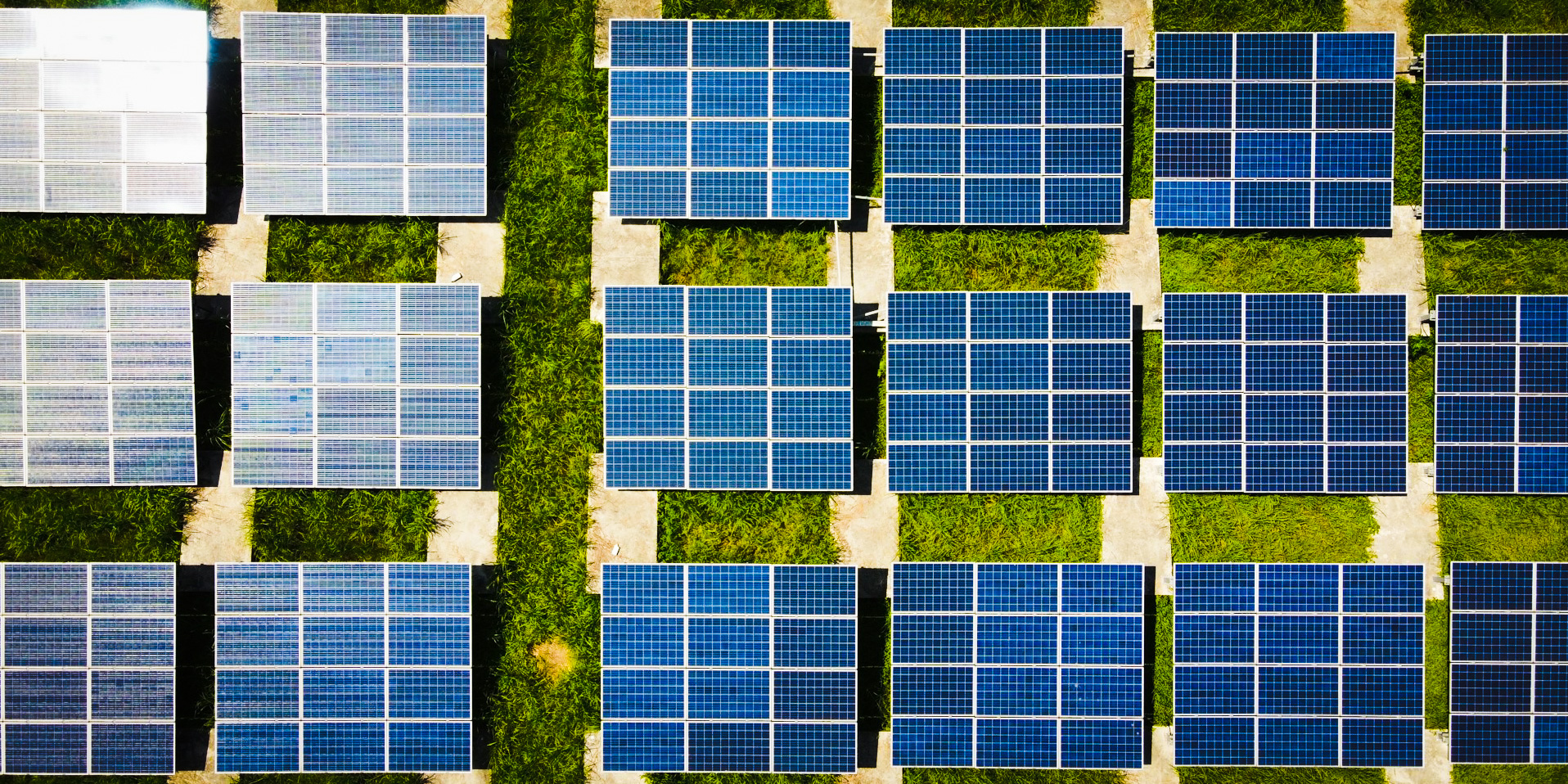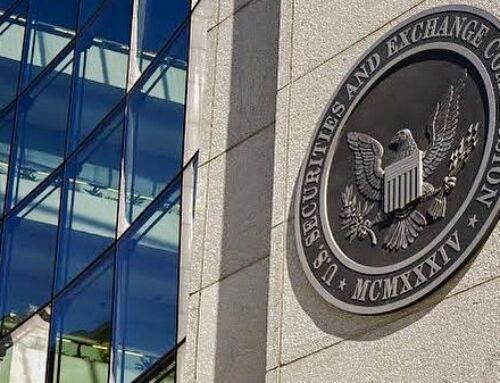View by Topic
Recent Articles
-
Congress Blocks California’s Gasoline Car BanSaturday, May 31st, 2025
-
EPA Will Keep Current Limits for “Forever Chemicals” in Drinking WaterSaturday, May 24th, 2025
-
Court Indefinitely Pauses SEC Climate Rule LitigationSaturday, May 17th, 2025
-
Maryland is About to Regulate Mold But is the Cart Before the HorseSaturday, May 10th, 2025
View by Month/Year
“Green Building Law Update” Headlines
Recent Articles & News from
Stuart Kaplow’s blog
at GreenBuildingLawUpdate.com
- Congress Blocks California’s Gasoline Car Ban: A Legal and Policy Analysis June 1, 2025
- EPA Will Keep Current Limits for “Forever Chemicals” in Drinking Water May 25, 2025
- Court Indefinitely Pauses SEC Climate Rule Litigation May 18, 2025
- Maryland is About to Regulate Mold: But is the Cart Before the Horse? May 11, 2025
Subscribe to the Green Building Law Update!
Stuart Kaplow brings his expertise and extensive experience to the table with his unique digital publication, "Green Building Law Update". Subscribers receive regular updates to keep them informed about important issues surrounding Environmental Law, Green Building & Real Estate Law, as well as the emerging demand for Environmental Social Governance (ESG).
Get fresh content through the lense of Stuart Kaplow's cutting-edge expertise, innovative commentary and insider perspective. Don't miss another issue! Subscribe below.

Solar Panel Tariffs: A Roadblock to Renewable Energy Uptake in the U.S.?
Much attention has been paid to the Biden Administration’s announcement last week of 100% tariffs on Chinese electric vehicles, however with only a few thousand Chinese EVs ever exported to the U.S., barely breaking 1% of U.S. EV sales, that duty is more election year politics than impactful. However, also raising tariffs on Chinese solar panels and their component parts from 25% to 50% through 2026, claiming China is “flooding global markets with artificially low priced” solar panels, will increase the price of solar installations to large numbers of U.S. customers concomitantly slowing the uptake of renewable energy.
Today maybe 7% of homes across the U.S. have solar panels on the roof, and the federal government goal is for that number to grow to over 15% by 2030 with the falling cost of solar installations having been and continuing to be crucial in accelerating that changeover. With nearly 97% of solar installations being residential solar on roofs, that is where the increased costs of the new tariffs will be borne.
.. and U.S. consumers will continue to bear until domestic production of solar panels becomes a reality, which is in the offing with a reported more than $17 Billion in Inflation Reduction Act grants for the construction of solar industry manufacturing plants, although several marquee projects have since been quietly shelved or slowed.
The immediate impact on U.S. business from this action will not be significant because businesses are already and increasingly seeking to protect human rights including implementing ethical purchasing practices in company contract documents, be it supply contracts, purchase contracts, and similar writings for the purchase of goods and materials including Chinese solar panels and much more.
But then 3 days ago, the White House released a Fact Sheet tightening other solar panel policies including that as a result of recent litigation being able to remove the current exemption from tariffs for bifacial solar panels, those generally used in utility scale solar projects and increasing the dollar costs of those projects. Additionally, the Department of Commerce will now double down on enforcement of the requirement that panels imported duty free must be installed within 180 days to prevent stockpiling.
Then last Thursday refocusing on China, the U.S. banned imports from 26 China based cotton traders or textile warehouses adding them to the Uyghur Forced Labor Prevention Act Entity List in a continued effort to eliminate goods made with the forced labor of Uyghur minorities from the U.S. supply chain.
Tariffs are not new. The second bill signed by President George Washington was The Tariff Act of 1789. Commerce and foreign affairs are proper functions dating to the founding of the American government. The Act had two purposes, to promote trade, and to raise revenue for the government when it imposed a 50¢ per ton duty on foreign ships and 6¢ on American built ships. Today, tariffs, and the threat of tariffs, have become central to U.S. trade policy. But because Alexander Hamilton was a proponent of tariffs doesn’t mean that the historical justification for protectionism over free trade has application today when they broadly impede prosperity and more narrowly wreak havoc on federal government regulation of environmental protection.
The first U.S. tariffs on Chinese made solar panels by the Obama Administration in 2012 blocked imports but failed to drive their stated purpose of surging the domestic solar panel industry. In 2015, those tariffs were expanded in response to Chinese companies shifting assembly to other Southeast Asian countries. And then in 2018, the Trump Administration imposed 25% tariffs on solar panels and many other Chinese goods that are now being increased to 50% (whether or not assembled into modules). But to be efficacious in 2022, tariffs on solar panels were expanded to include Cambodia, Malaysia, Thailand, and Vietnam for using components from China to evade tariffs on panels from China, however a “bridge” was created by the Biden Administration to ameliorate the harsh impact on domestic markets delaying implementation until June 6, 2024 (a date now upon us).
In this instance, section 301 of the Trade Act of 1974 directs a four year review including a consideration of the effectiveness of the tariff actions and the overall effects of the tariff actions on the U.S. economy. An Office of the U.S. Trade Representative’s Report addresses the statutory elements of the review recommending that products from China currently subject to Section 301 tariffs for “unfair, nonmarket practices” should remain and additionally, “in light of the increased burden on U.S. commerce” new tariffs should be imposed.
In 2024, despite efforts to build new factories in the U.S. and across the globe, China’s share in all manufacturing stages of solar panels (such as polysilicon, ingots, wafers, cells, and modules) still exceeds 80%, and 90% in some parts of that global solar supply chain. And that does not include the significant Chinese investments in solar panel factories across Southeast Asia.
That market share also does not include the five foreign adversary controlled Chinese solar companies that have announced investments in new manufacturing plants being constructed in the U.S. and benefitting from Inflation Reduction Act incentives, as observed by the House Foreign Affairs Committee earlier this year. .. you can’t make this stuff up.
And of course, these are tariffs on imports into the U.S. such that China sourced solar panels will be rerouted to the EU or almost anywhere else in the world.
The dollar costs of these solar panel tariffs, largely burdening U.S. consumers could well be justified by the gains from punishing trade violations and reducing dependence on foreign adversary controlled companies or maybe building a resilient domestic supply chain for onsite renewable energy, but the very modest dollar amount of new tariffs in international terms will almost certainly accomplish none of that and risks the further dollar cost of China’s all but certain retaliation for what it has already called, “a clear act of protectionism.”
Americans need to plan for uncertainty and budget for the higher costs of solar panels.
Policymakers will have to grapple with competing interests after the election year politics, but the continued subsidizing of domestic solar panel installations while at the same time pursuing protectionist foreign trade practices arising from China’s manufacture of more than 80% of the world’s solar panels is not only schizophrenic but bad environmental public policy.









